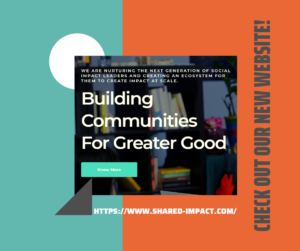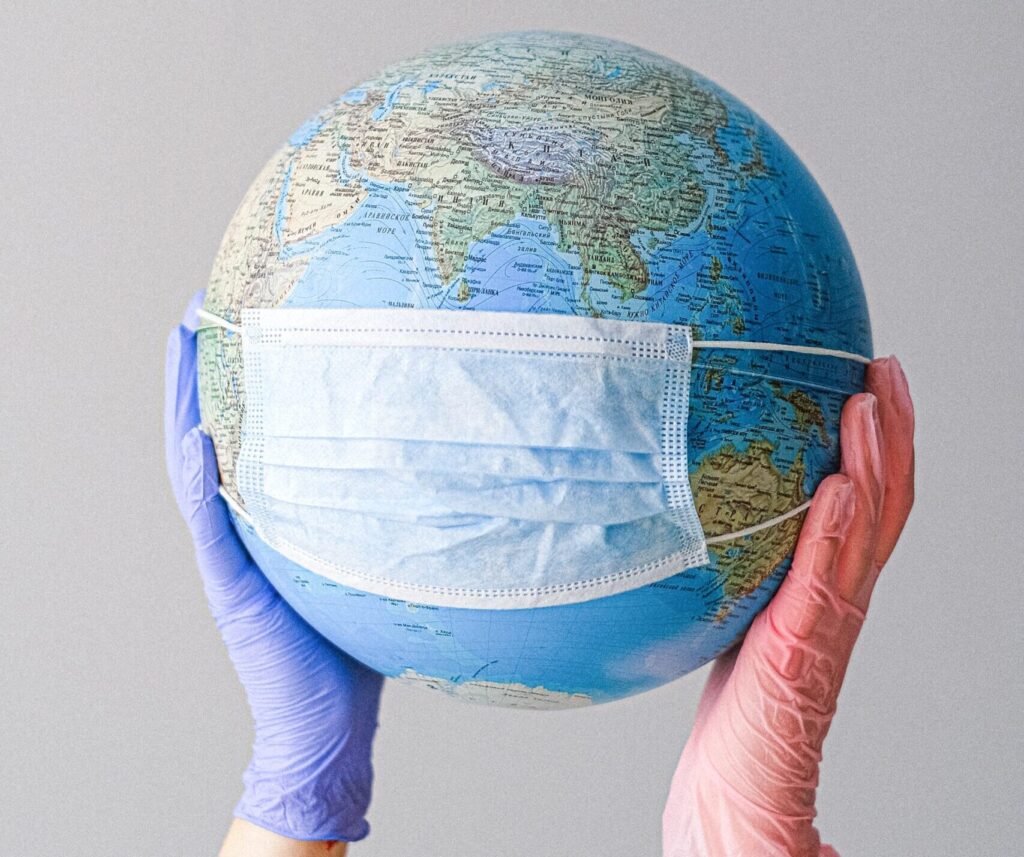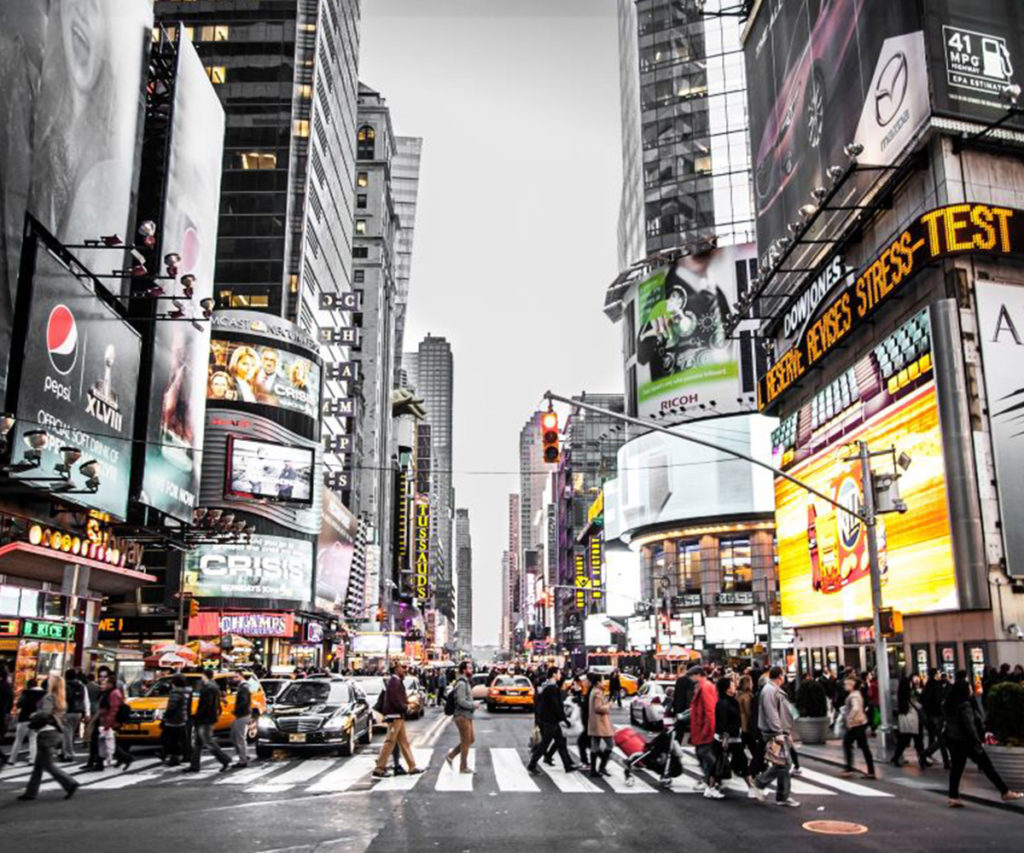If you were to tell your COVID-19 story with food, what would it be like?
Is it the canned beans that suddenly gained new popularity as an essential larder item, or the homemade lentil burgers you’re making more of, knowing that people with underlying health problems are more likely to be hospitalized for the novel coronavirus? Is it the food that you volunteer to cook or deliver to individuals in need, so as to help food banks that are juggling increased demand with disrupted supply chain, logistics, and funding? Or is it the fresh produce that you are growing in your modern-day “victory garden”?
COVID-19 has given us much to chew on. For many years now, there have been calls to fix our modern-day food system. What the pandemic did is it gave more people that final nudge to reach the awareness and consensus on the global reach of our food system’s vulnerabilities and social and environmental unsustainability.
But what constitutes a “better” food system? In this two-part series, we will take a look at the pandemic’s effects throughout the food supply chain, and the solutions that can help us build back better.
Massive Food Waste, Stretched Food Banks, Potential Hunger Pandemic
From India to the US, farmers have had to dump a massive amount of milk and bury fresh produce, as the pandemic lockdown led to the closure of major markets such as restaurants, schools, and hotels. Further adding to the problem are export bans and grounded freights, which mean produce destined for export was destroyed and food-insecure countries are rendered more vulnerable. In an attempt to provide farmers with harvesters to save their crops, Germany has flown in migrant farm workers from Romania, who, like their peers on other farms in the world, are put to work despite health and safety concerns, and are perplexed by their new “essential worker” status.
While some farmers have donated their fresh produce to food banks, limited cold-storage capacity and manpower means there is only that much perishable food that the organizations can take. Not to mention that these charitable organizations are already overwhelmed, struggling to work with fewer volunteers and drastically cut food donation to feed even more mouths, as unemployment and food prices continue to soar. For those on the front line of food production, the uncertainty of whether the seeds for their crops will arrive before the next growing season remains.
If that is the case, then what some humanitarian workers fear could happen – a potential hunger pandemic – might really happen. Even before the novel coronavirus outbreak, 821 million people were chronically hungry, and by the end of 2019, a further 135 million people were facing crisis levels of hunger as a result of conflict, climate change, and economic crises. As lockdowns and travel restrictions are expected to lead to major loss of income, an additional 130 million people will likely be pushed into starvation. Faced with closed borders, disrupted supply chain, and decreased donation, humanitarian organizations like the UN World Food Programme are struggling to reach and feed the poor and hungry.
|
 |
If you’re passionate about positive changes in our food system, register for this year’s G.R.E.E.N. Hospitality Conference, and learn more about the problem of food waste, its relation to climate change, and solutions in the hospitality industry.
COVID-19 has, in a lot of ways, necessitated what once was unimaginable or deemed impossible. To ensure sufficient healthy and nutritious food for all, agriculture will need to be “smarter”, consumer mindset will need to change, and the shorter supply chain that has taken shape recently will need to become the new normal. Stay tuned to our next newsletter for more solutions!

Our New Website
We’re doing the same good work but our website is given a new look, thanks to Priyanka Gothi, founder of one of our portfolio companies, Wise At Work. Have a browse of our website!




